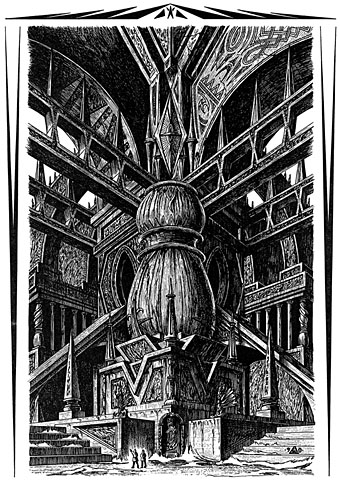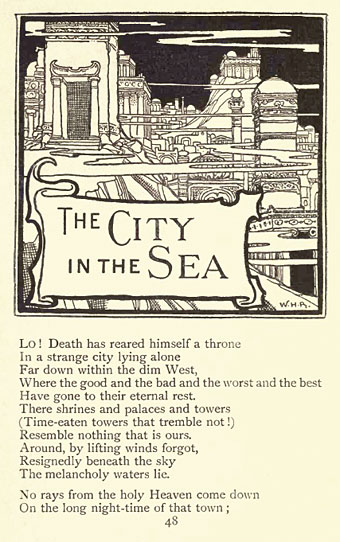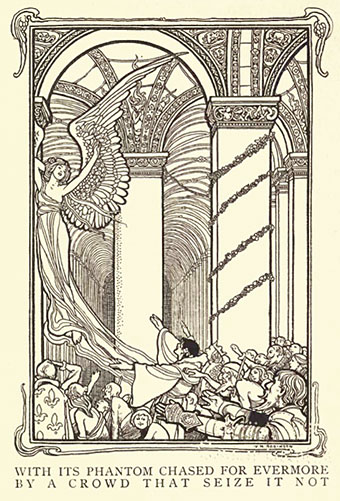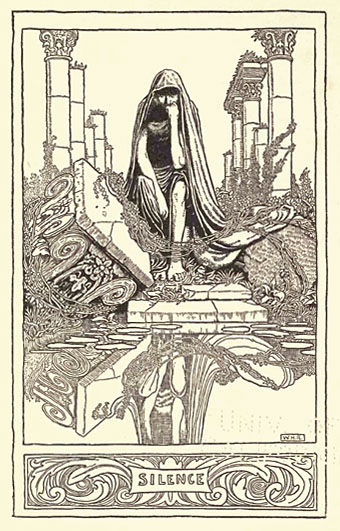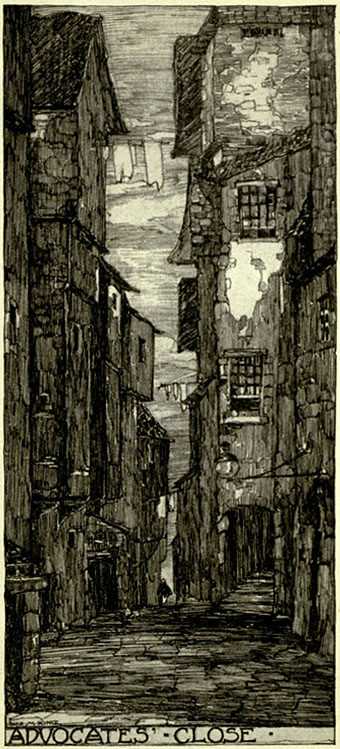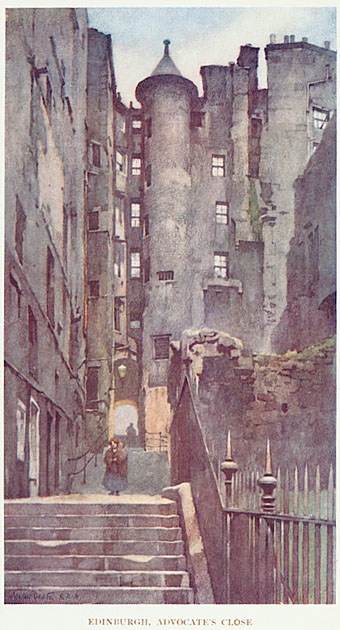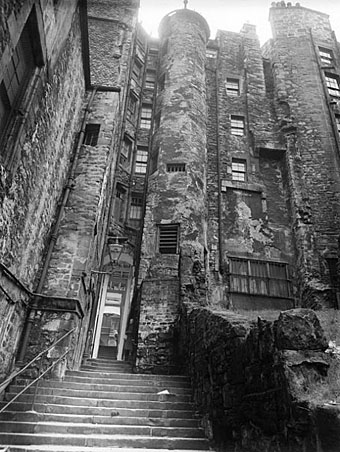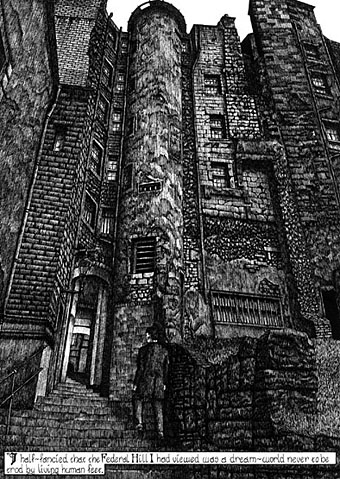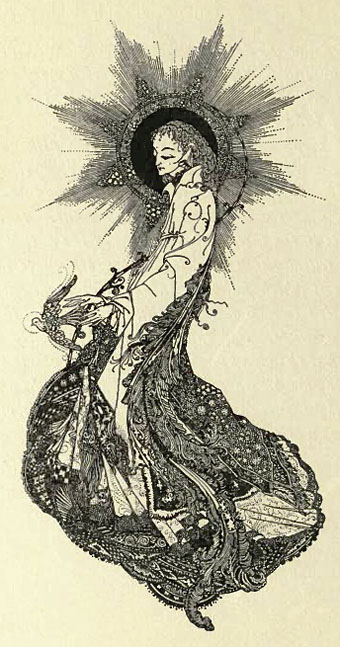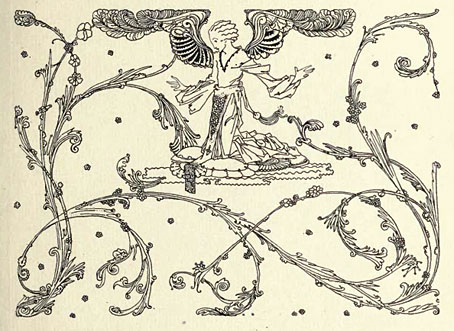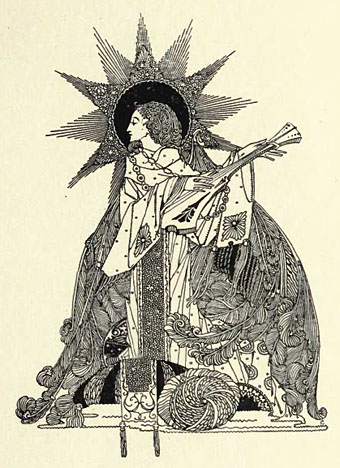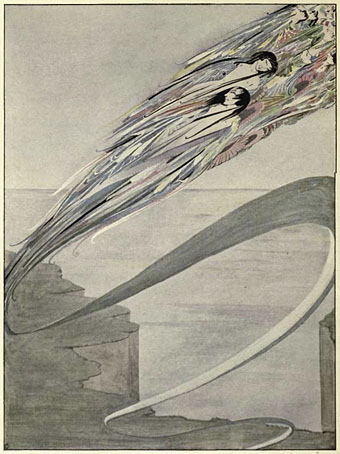Going through stacks of old artwork today turned up a photocopy of a drawing I did in 1990, my sole attempt to illustrate HP Lovecraft’s At the Mountains of Madness. By the time I did this I was pretty exhausted by Lovecraft’s world and was already at work on the first phase of the Lord Horror comics for Savoy which explains why this is a bit half-hearted, the architecture owing more to Piranesi than anything particularly alien. I forget why I did this now, I think it was at someone’s request, and I’ve also no idea where the original drawing is. The sprawling organic cityscape/landscape I created last year for the Maison d’Ailleurs exhibition is probably closer to the kind of thing this story requires.
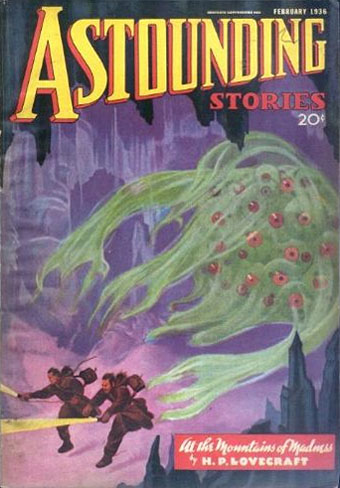
At the Mountains of Madness was rejected by Lovecraft’s usual publisher, Weird Tales, for not being enough of a horror story. This is true, the novella is more of a fictional travelogue, especially in its later half where a million-year-old alien city is discovered in the heart of Antarctica. Science fiction magazine Astounding took it instead where it made the cover of the February 1936 issue, the climactic shoggoth attack being painted by Howard V Brown. Poor old Lovecraft had nearly all his most famous stories published in Weird Tales, and helped give the magazine its lasting reputation, yet he was never given a cover feature during his lifetime. Astounding gave him the honour again in June of the same year for another novella, The Shadow Out of Time, also illustrated by Howard Brown.
Previously on { feuilleton }
• Lovecraftian horror at Maison d’Ailleurs

